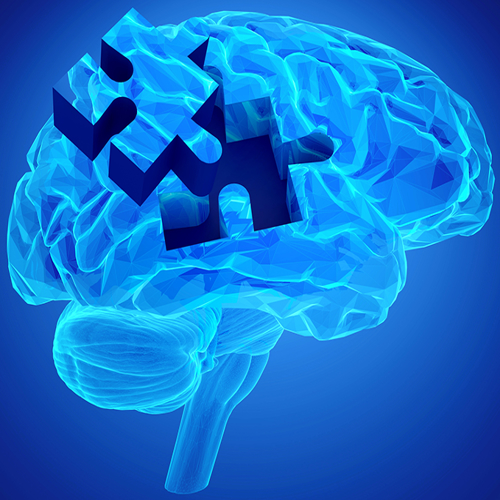Key points from article :
Oral rapamycin aggravates Alzheimer's associated beta-amyloid plaques in mice
Cautioned the use of rapamycin in Alzheimer's patients, as it downregulated Trem2 & reduced β-amyloid clearance
07-Jun-2022
Oral administration of rapamycin to an Alzheimer's disease mouse model increased β-amyloid protein plaques, a hallmark of Alzheimer's disease.
A protein called Trem2, which is located on the surface of microglia, is dramatically diminished.
"Loss of Trem2 impairs amyloid degradation, causing a buildup of β-amyloid plaques," - Manzoor Bhat, study senior author.
Importantly, the study also featured a novel way to increase Trem2 in microglia.
Deleting a gene called Tsc1 from the microglia led to a marked increase in Trem2 levels and a decline in β-amyloid plaques.
Loss of Tsc1 leads to activation of the mTOR (mammalian target of rapamycin) pathway. Rapamycin, in contrast, blocks this pathway.
Repressing Tsc1 solely in microglia to enhance β-amyloid uptake could be a potential drug target.
The study is relevant to β-amyloid-associated Alzheimer's and is not generalizable to other Alzheimer's pathologies.
Dr. Bhat said, "we caution that rapamycin's benefits in β-amyloid-associated Alzheimer's must be studied more carefully."
Study by UT Health San Antonio published in the Journal of Neuroscience.
Mentioned in this article:
Click on resource name for more details.
Manzoor Bhat
Professor and Chairman of the Department of Cellular and Integrative Physiology at UT Health San Antonio






